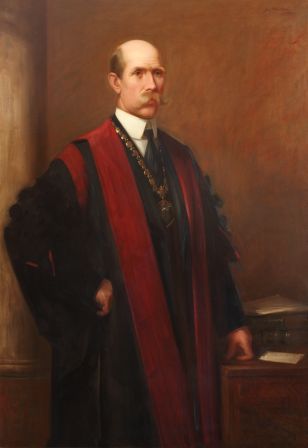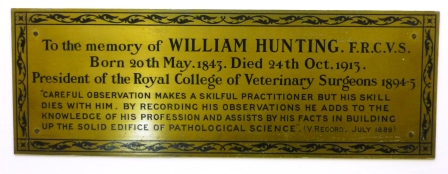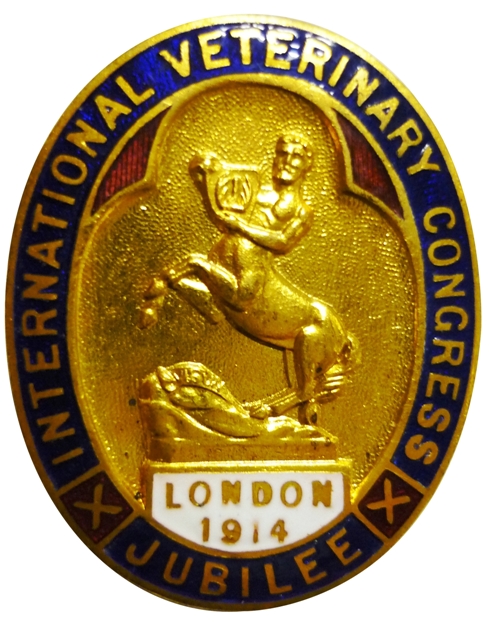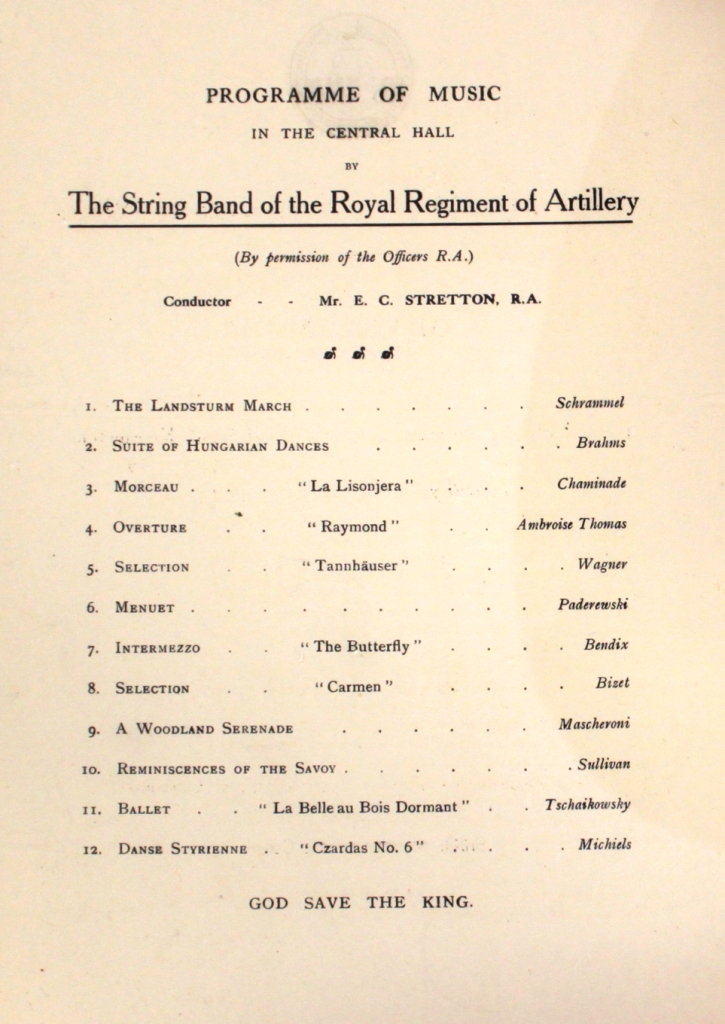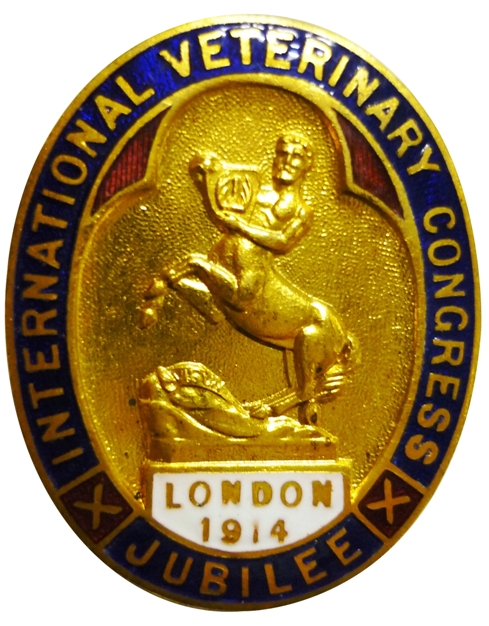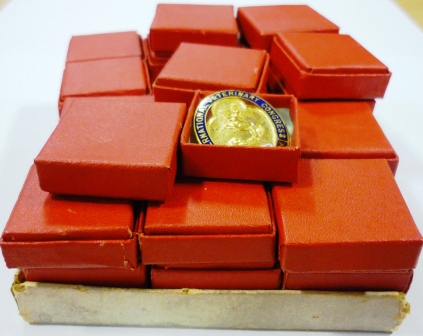Happy 125th Birthday
A 125 years ago today the first issue of the Veterinary Record was published. I have written about its founder William Hunting and his reasons for starting the journal before. In fact I walk past a reminder of this everyday as his quote in the first editorial about the importance of recording observations and adding to the profession’s knowledge was engraved on a brass plaque after his death to sit alongside his portrait at the RCVS.
I was recently reminded that there is another publication, the Journal of Comparative Pathology and Therapeutics (now called the Journal of Comparative Pathology), which is also celebrating its 125 anniversary this year. The founding editor of this journal, John McFadyean, was another eminent member of the veterinary profession. Unlike Hunting he did not reveal his reasons for starting the journal in the first issue but looking at the contents page for the first volume you get some indication of his intentions from the range of subjects and authors.
Both the journals have been marking their anniversary year in some style. Veterinary Record is asking its readers to consider a list of 10 developments or events with significant impact on the veterinary profession and to vote on their favourite. It is also publishing a number of articles giving a historical perspective on the development of a particular branch of veterinary science.
The Journal of Comparative Pathology has made is entire 125 year archive available online, and published a special anniversary edition. In the special edition the link between the past and the present is explored through the publication of a 1901 article by Robert Koch alongside a new article which describes the importance of Koch’s postulates to infectious disease research and proposes a new additional postulate .
We are fortunate to have all 125 years of both these journals in the Library so anyone wanting to explore the link between past and present knowledge, to find out more about the achievements of the profession, or to read about its trials and tribulations should pay us a visit.

